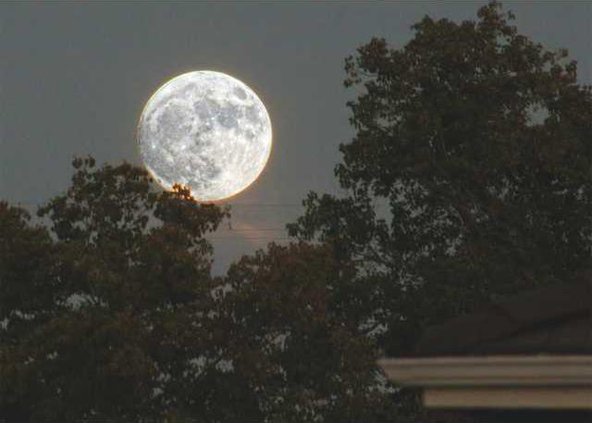The skies above Riverbank over the weekend saw a lunar phenomenon astrologer Richard Nolle defined in 1979 as a Supermoon.
He noted that “...a new or full moon which occurs with the Moon at or near (within 90 percent of) its closest approach to Earth in a given orbit (perigee). In short, Earth, Moon and Sun are all in a line, with Moon in its nearest approach to Earth.”
Nolle also claimed that the moon causes “geophysical stress” during the time of a Supermoon, but there’s been no research to link the events to tsunamis or earthquakes.
This weekend’s moon was reported as 15 percent larger than usual, and the closest it has been to Earth since 1948, and it won’t look so close again until 2034. It was supposed to be at its fullest at 5:52 a.m., according to meteorologists.
The term ‘Supermoon’ is not used in the scientific community, which has more technical terms that describe the circumstance.
The Supermoon occurs about every 14 months and varies between full moons and new moons. For about a decade, the largest Supermoons will be full, and for the following decade, the largest will be new moons.





